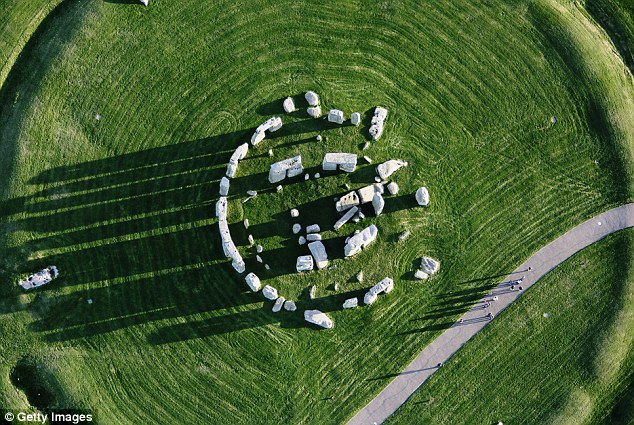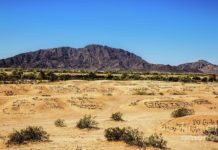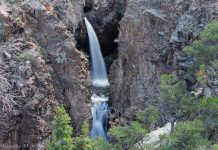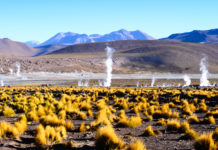Mysterious Stone Structure of Amazon Rainforest: Researchers have found hundreds of mysterious structures built into the earth more than two thousand years ago. The stone structures have been discovered in the Amazon rainforest. The truly incredible earthworks have long remained hidden by trees. However, deforestation in recent years has discovered over 450 massive geoglyphs.
Though the purpose of the stone structure of the Amazon Rainforest is not known, it is believed that ditched enclosures were perhaps used sporadically as ritual gathering places. These ditches resemble Stonehenge, approximately 13,000 square kilometers in the western Brazilian Amazon, thought untouched as previously believed.
The real phenomena that lay hidden for many centuries underneath mature rainforest actually challenge the idea that Amazonian forests are a pristine ecosystem. The region was actually forested when the geoglyphs were built, or people impacted the landscape to build these earthworks.
Therefore, the researchers reconstructed 6,000 years of vegetation and fire history around two of the geoglyph sites, enlightening heavy alterations by ancient humans. History tells us that humans altered bamboo forests for millennia. They were creating small, temporary clearings to build these mysterious structures. The analyzed “phytoliths” are a type of microscopic plant fossil made of silica.
So, this has allowed them to rebuild the ancient vegetation and charcoal quantities. It assesses the amount of forest burning and carbon stable isotopes and determines how ‘open’ the vegetation used to be. Rainforests are characterized by a vegetative structure comprising many vertical layers, which include the main four layers of overstory, understory, canopy, a layer of shrub, and ground level.
The remarkable canopy points to the dense ceiling of beautiful leaves and tree branches created by closely spaced forest trees. The rainforest comprises more unique and rare species of plants than any other biome. Some of them are ferns, orchids, philodendrons, kapok trees, bromeliads, rubber trees, banana trees, bamboo trees, cassava trees, and avocado trees. However, the most common rubber tree is 100 feet tall, and sap plays an important role in the manufacturing of latex. This is also used presently for the production of goods made with rubber and special tires for cars.
Moreover, the search exposed that the indigenous people didn’t burn large tracts of the Amazon Rainforest. Whether for geoglyph construction or agricultural practices. In its place, they concentrated on economically valuable tree species. Such as palms, transforming their environment in the process to make a “prehistoric supermarket”.
Thus, the biodiversity of a few of Acre’s remaining forests may have roots in these ancient ‘agroforestry practices, the researchers say. So, hence the findings will be published in the Proceedings of the National Academy of Sciences. Regardless of the massive number and bulk of geoglyph sites in the region, it can certain that Acre’s forests were never cleared as broadly, or for as long, as they have been in recent years.
The current evidence that the stone structure of the Amazon Rainforest has been managed by indigenous peoples long before European contact should not be cited as justification for the destructive, unmaintainable land use practiced today. Moreover, it should, in its place, serve to highlight the ingenuity of past subsistence regimes. That did not lead to Amazon rainforest degradation. The importance of indigenous knowledge for finding more sustainable land-use alternatives.
Also, Read! Dragon Blood Tree
Source: Dailymail










